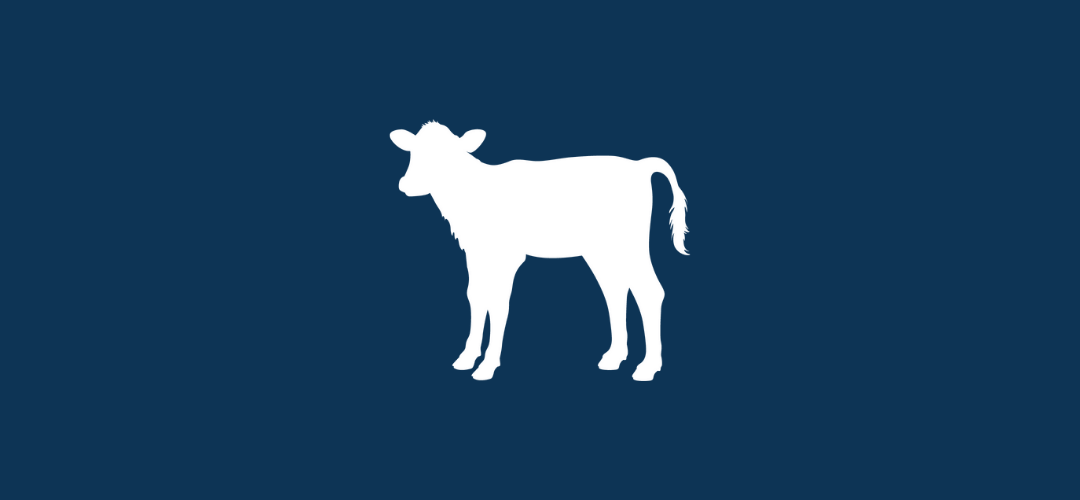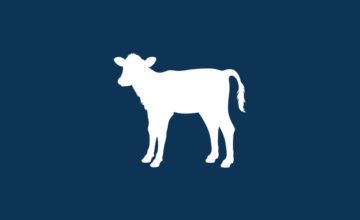Preventing Abomasal Bloat
- Sep 05, 2023
- By Grober Nutrition
- In Canada
Challenges faced by calves such as abomasal bloat and rumen drinking can often be avoided by maintaining optimal management practices.
Symptoms of abomasal bloat
Abomasal bloat onset tends to be difficult to alleviate, and there are many factors that can contribute to its onset. Often, calves less than 2 weeks of age are most susceptible to experiencing abomastitis. Symptoms of abomastitis include, milk refusal and abdominal distention and/or death as short as 6-48 hours after onset. As such, it is crucial to implement mitigation strategies. Otherwise the calf can continue to experience health challenges, such as abomasal inflammation, infection and ulcer development.
Potential causes of abomasal bloat
Variability in research results has lead the causation to be defined as multifactorial and not well understood. Current theories investigate the high concentration of Clostridium perfringens within the abomasum’s of affected calves. Although this bacterial strain is naturally occurring within their internal environment, it is theorized that this bacterium increases with an increased feeding rate, particularly of easily digestible carbohydrates and protein. As a result, the rate at which the abomasum empties declines while an excessive rate of fermentation occurs simultaneously. This ultimately leads to an abundance of gas build up within the abomasal cavity.
How to reduce the chances of abomasal bloat
Some of the theorized causes of abomasal bloat relate to feeding frequency, size and concentration. All of these can contribute to a declined abomasal emptying rate if done improperly. Therefore, with preventive management, abomastitis can be further avoided by doing the following;
- Feed meals in smaller volume and a higher frequency
- Always prepare milk replacer according to the tag instructions
- Continuously provide clean water
- Maintain cleanliness of feeding equipment
These good management practices will all contribute towards minimizing any excessive fermentation, contributing to the avoidance of abomasal bloat until further research is able to guide more direct preventative tools.
What is rumen drinking?
It is not uncommon to see one issue lead to another, whereby meal frequency and rate of intake, as it relates to abomastitis, could also be a precursor towards ruminal drinking calves. Rumen drinking is a result of esophageal groove failure, often caused by the type of feeding method (nipple versus bucket feeding) as well as meal size. When milk enters the rumen, nutrient uptake can be hindered and digestive disturbances can occur. Recent studies have shown that suckling behaviour is most optimal for esophageal groove functioning, allowing for proper flow of milk to the abomasum.
With both disorders, the importance of calf nutritional management is a noteworthy strategy to help avoid disorder onset by ensuring nutrients are used and absorbed efficiently. The maintenance of consistent feeding and optimal meal size, concentration, cleanliness and form of delivery as well as provision of water, can all contribute towards better security of healthy and successful calves long term.















